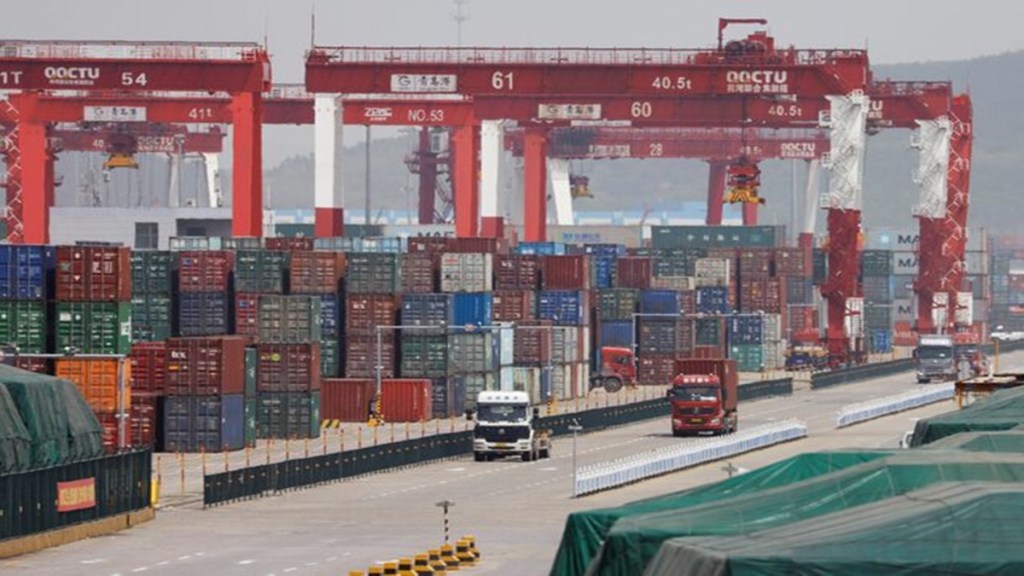After the Pahalgham terrorist attack, the Government has taken some strong economic measures against Pakistan. The government has suspended the bilateral trade between the two countries, and it has also suspended the Indus Water Treaty.
According to research by the Global Trade Research Initiative, a think tank, every year about $10 billion worth of Indian goods indirectly reach Pakistan via UAE. According to some reports, the Indian government is looking at the current state of these indirect exports to Pakistan.
Secondly, signed in 1960, the Indus Water Treaty allocated the water of six rivers between the two countries. While the eastern rivers of the Indus basin, Ravi, Beas, and Sutlej, were allocated to India, Pakistan received 80 percent of the water of western rivers Indus, Jhelum and Chenab.
Importance of Indus Basin for Pakistan
About one-third of Pakistan’s hydropower plants and 80 percent of its agriculture depend on water supply from Indus Basin. Observers highlight the need to watch out for the potential impact of the stoppage of the water flow on Pakistan’s economy.
Since its signing, both countries have contested the Indus Water Treaty. India, time and again, stressed the need to review or modify the treaty for its irrigation, drinking water and hydropower projects. On the other hand, Pakistan has argued that India’s hydropower projects would restrict water flow and violate the treaty. Despite the many differences, the treaty has survived three wars between the countries in the last 65 years.
Implications ot Indus Water Treaty suspension for India?
Despite the suspension of the treaty, India can not stop the water flow because of the lack of the required dams and re-routing infrastructure. However, it gives India an opportunity to build the new infrastructure for water storage or re-routing without informing Pakistan. If that happens in the future, it will be devastating for Pakistan’s agrarian economy and hydro power projects. It also needs to be seen if India has the capability to absorb the additional water.
Bilateral trade between India – Pakistan
Currently, India and Pakistan have a bilateral trade of over $1 billion. In 2023-24, India exported $1.18 billion worth of goods to Pakistan, and the value of imported goods stood at $2.88 million, as per the Department of Commerce. About 60 percent of India’s exports to Pakistan are chemicals and pharmaceutical products. The suspension of trade between India and Pakistan is going to increase the cost of many goods in Pakistan.
State of Pakistan’s economy
A look now at Pakistan’s current economic state of affairs. According to the World Bank, the country had just $12 billion in foreign exchange reserves at the end of 2024. The GDP of Pakistan is estimated to be about $373 billion, less than one-tenth of India’s GDP, as per the IMF. The GDP growth of Pakistan has also tanked from 6.5 percent in 2021 to 0 percent in 2023.
.


